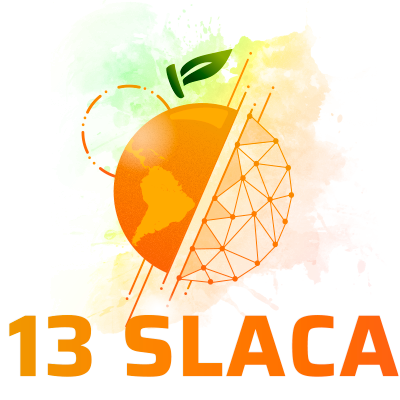Anais do Simpósio Latino Americano de Ciências de Alimentos
Anais do 13º Simpósio Latino Americano de Ciência de Alimentos
OPTIMIZATION OF MOLECULAR RECOGNITION OF BIOACTIVE COMPOUNDS BY MOLECULARLY IMPRINTED POLYMER OF HYDROXIPROPIL-β-CYCLODEXTRIN
Como citar esse trabalho?
Para citar este trabalho use um dos padrões abaixo:
Como citar esse trabalho?
The identification and quantification of compounds in complex matrices such as foods is of great interest to the food industry. One of the techniques that has been widely used for this purpose is microencapsulation followed by a subsequent detection of the encapsulating material-encapsulated material interaction. However, the interaction and molecular recognition of the compound of interest by the complexing material are limiting factors that commonly lead to encapsulation efficiency values below 80%, ie the result is underestimated. The molecular imprinting technique appears as an alternative for improving molecular recognition in the inclusion or microencapsulation complex formation processes. In this technique, crosslinking agents are used to obtain synthetic polymeric materials with pre-engineered molecular recognition sites called molecularly printed polymers (MIPs). Thus, the objective was to optimize the molecular recognition of citral by molecular imprinting with Hydroxypropyl-β-Cyclodextrin (HPβCD) in order to increase the selectivity and encapsulation efficiency of the bioactive component. The method used for citral molecular imprinting was precipitation and the MIP was verified by Infrared Spectroscopy (FTIR), Zeta Potential (ζ) and Particle Size. The characteristic peaks of the molecular vibration of the amino groups (3330, 1623, 1200 and 900 cm -1) were identified and are unique only after the HPβCD cross-linking process. Particle size and HPβCD ζ (346.77 µm and -25.70 mV) were significantly changed (p <0.05) after the formation of MIPs (677 µm and -9.41 mV) and therefore corroborated the hypothesis of effective cross-linking between HPβCD. It is concluded that molecularly imprinted polymer emerges as a technique for optimization of molecular recognition, in view of the increase of citral selectivity and encapsulation efficiency in relation to unprinted polymers.
- 1 Departamento de Tecnologia de Alimentos / Centro de Ciências Exatas e Tecnológicas / UFV - Campus Viçosa (Universidade Federal de Viçosa - Campus Viçosa)
- 2 Department of Mechanical Engineering / Iowa State University
- 3 Departamento de Nutrição e Saúde / UFV
- 5. Engenharia de processos e tecnologias emergentes (ET)
Discussões Científicas de Qualidade
Com ~200 mil publicações revisadas por pesquisadores do mundo todo, o Galoá impulsiona cientistas na descoberta de pesquisas de ponta por meio de nossa plataforma indexada.
Confira nossos produtos e como podemos ajudá-lo a dar mais alcance para sua pesquisa:
Como citar esse proceedings?
Esse proceedings é identificado por um DOI , para usar em citações ou referências bibliográficas. Atenção: este não é um DOI para o jornal e, como tal, não pode ser usado em Lattes para identificar um trabalho específico.
Verifique o link "Como citar" na página do trabalho, para ver como citar corretamente o artigo

